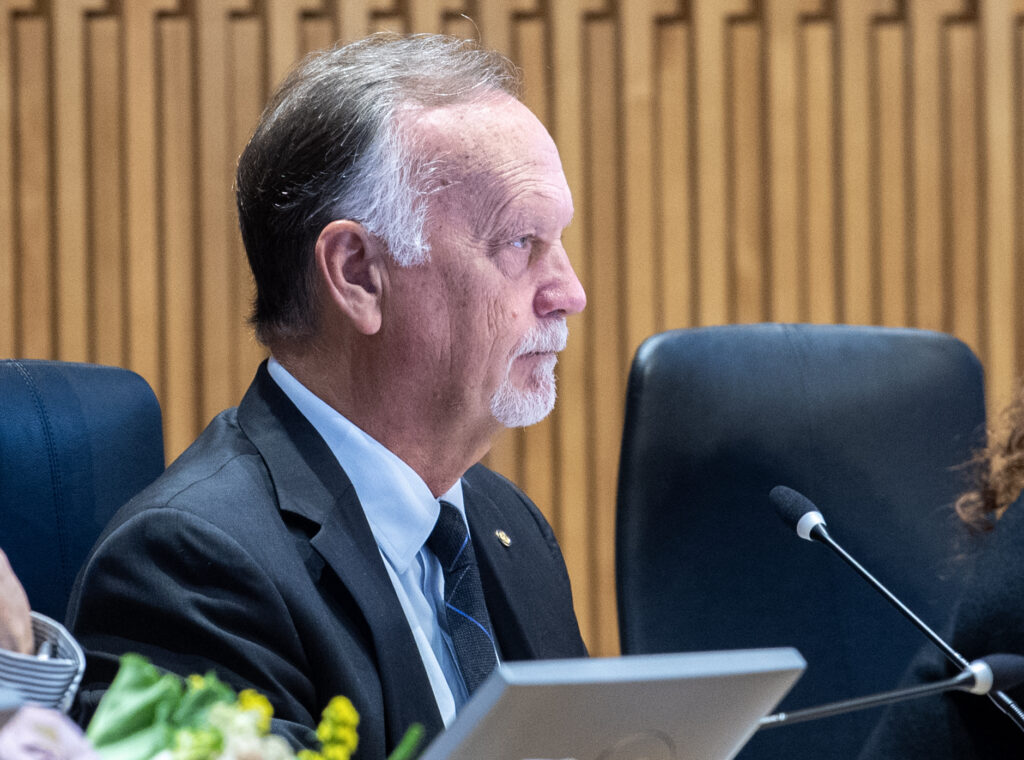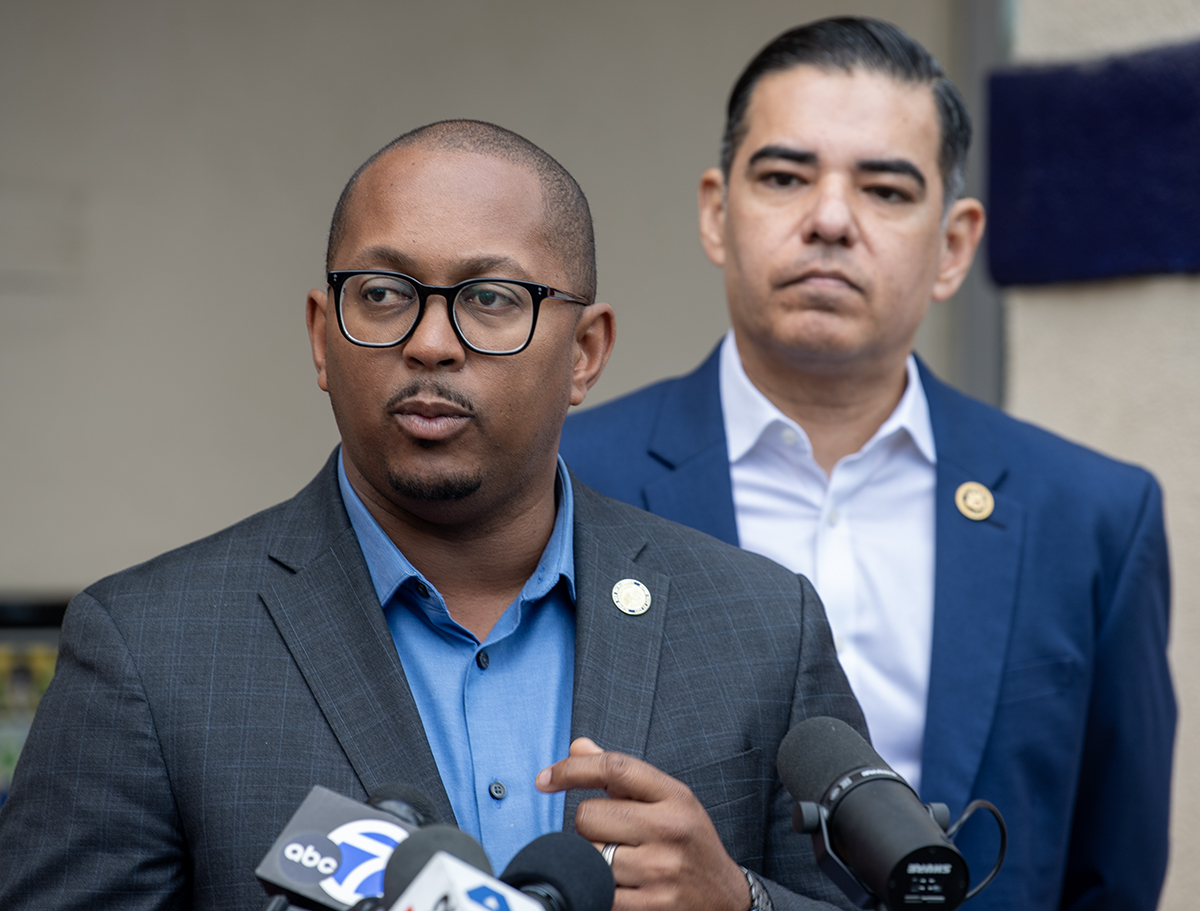The Long Beach City Council voted Tuesday to support Proposition 50, a closely watched state redistricting measure pivotal to a national battle over control of the narrowly divided U.S. House of Representatives.
The vote — a ceremonial but uncommon move for the council to directly weigh in on the city’s federal representation — was 7-1, with Councilmember Daryl Supernaw the lone dissent.
Titled the Election Rigging Response Act, Proposition 50, if passed by California voters next month, would enact new congressional lines statewide for the 2026, 2028 and 2030 elections. The ballot measure would restore California’s independent redistricting process in 2031, with boundaries drawn based on the 2030 census.
The measure is meant to help California Democrats win five more Congressional seats by redrawing Republican or swing districts ahead of the 2026 midterms. Democrats control 43 of California’s 53 seats, while Republicans hold a slim 219-212 majority in the House.
But new maps would dramatically change Long Beach’s federal representation. Currently divided between the 44th and 42nd Congressional Districts, most of the city would go to the latter, held by Congressman Robert Garcia. But Garcia would also come to represent Huntington Beach, Costa Mesa and parts of Newport Beach.
In terms of voter registration, the change would lower the 42nd District’s registered Democrats from 53% to 40%. Republicans would jump from 18% to 30%, and there would be 5% more without a party preference. Overall, the Democratic advantage would drop by 19.5 percentage points. Adding more Republicans to Garcia’s domain dilutes their power in other districts where Democrats hope to boost their chances of winning.
Local support for the measure first came from Mayor Rex Richardson, who, in an Oct. 21 letter to the council, characterized it as a necessary counter to Republican-led gerrymandering efforts in Texas and Missouri ahead of the 2026 midterms.
“In this moment, silence is not neutrality, it’s surrender,” Richardson said, adding the measure is the state’s way of saying “we cannot let democracy be rigged from afar.”
“To be clear, this isn’t about asking the City Council to be partisan; this is about principle, this is about ensuring our residents in Long Beach still have a voice in the representative democracy that works for them,” he said.
Proponents of the measure include Rep. Garcia, as well as Gov. Gavin Newsom, the California Democratic Party and the state labor federation. The cities of Los Angeles, San Francisco, Palo Alto and West Hollywood have also made similar endorsements.
Opposition, meanwhile, has come from neighboring cities, including the city councils of Seal Beach, Huntington Beach and Newport Beach.
Their viewpoint, in sum, is that the state’s independent redistricting system already serves as the standard bearer for the nation, and that voters should never allow politicians to draw boundaries that benefit the party in power.
While making it clear he wouldn’t speak on the proposition directly, Supernaw said the process has too great a potential to disenfranchise residents, tying back to the confusion among his constituents following a 2021 redistricting effort that brought 30,000 new residents to his City Council district.

“To this day, 46 months later, we still get calls and emails on a monthly basis from people who are not aware they live in [Council District 4] or they don’t live in [Council District 4] and think they do,” Supernaw said.
“I cannot in good faith support this proposition when redistricting has failed so many of my own constituents,” Supernaw said.
Mail-in ballots have already been sent to 23 million active, registered voters this month for the Nov. 4 special election.
Voters can mail in their ballots at any time — as long as they are postmarked by Election Day. They can also turn them in at drop boxes or vote centers through Nov. 4. Polls will be open that day between 7 a.m. and 8 p.m. local time.
Voters can track where their ballots are in the counting process by signing up at wheresmyballot.sos.ca.gov.

